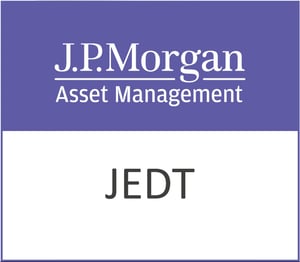WPP plc, a stalwart in the world of advertising and communications, stands as a prominent player listed on the London Stock Exchange, operating within the Communication Services sector. Established in 1985 and headquartered in London, WPP has carved a niche in providing a myriad of services ranging from marketing strategy and creative ideation to media management and public relations across the globe, including North America, Europe, and the Asia Pacific.
Despite its expansive reach and diversified service offerings, WPP faces a challenging financial landscape. With a market capitalisation of $5.79 billion, the company has seen its stock price fluctuate significantly over the past year, ranging between 496.20 GBp and 893.60 GBp. Currently priced at 536.8 GBp, the stock has seen a slight dip, down 0.01% or 8.00 GBp.
Investors might find WPP’s valuation metrics somewhat enigmatic. The traditional P/E ratio and PEG ratio are conspicuously absent, while the forward P/E ratio stands at a staggering 626.65, suggesting market expectations of future earnings growth are high, albeit not yet realised. This situation is compounded by the company’s negative revenue growth of 1.40%, indicating a potential decline in sales performance.
Yet, there are bright spots in WPP’s financial story. The company’s return on equity (ROE) is a robust 16.63%, reflecting efficient management of investor funds to generate profits. Additionally, WPP’s free cash flow is substantial at approximately £1.24 billion, which could provide the company with ample liquidity for operations and strategic investments.
WPP’s dividend yield is particularly noteworthy at 7.34%, making it an attractive prospect for income-focused investors. However, the payout ratio of 79.76% suggests that the company is distributing a significant portion of its earnings as dividends, which might raise questions about the sustainability of such a high yield if earnings do not grow.
Analyst sentiment on WPP is mixed, with the stock receiving 2 buy ratings, 8 hold ratings, and 2 sell ratings. The target price range is broad, from 580.00 GBp to 1,015.00 GBp, with an average target of 713.08 GBp suggesting a potential upside of 32.84%. This divergence in analyst opinions underscores the uncertainty surrounding the company’s future performance.
Technical indicators add another layer of complexity to WPP’s outlook. The stock’s 50-day and 200-day moving averages are 642.84 GBp and 742.93 GBp, respectively, both above the current price, indicating a potential bearish trend. The Relative Strength Index (RSI) at 75.94 suggests the stock is overbought, while the MACD and Signal Line readings imply bearish momentum.
For investors, WPP presents a paradox: a company with a strong heritage and global presence, yet facing current financial challenges and market scepticism. While the dividend yield is enticing, potential investors must weigh this against the backdrop of the company’s earnings performance and broader market conditions. As WPP navigates these challenges, its strategic direction and ability to adapt to the evolving advertising landscape will be crucial in determining its future trajectory.






































